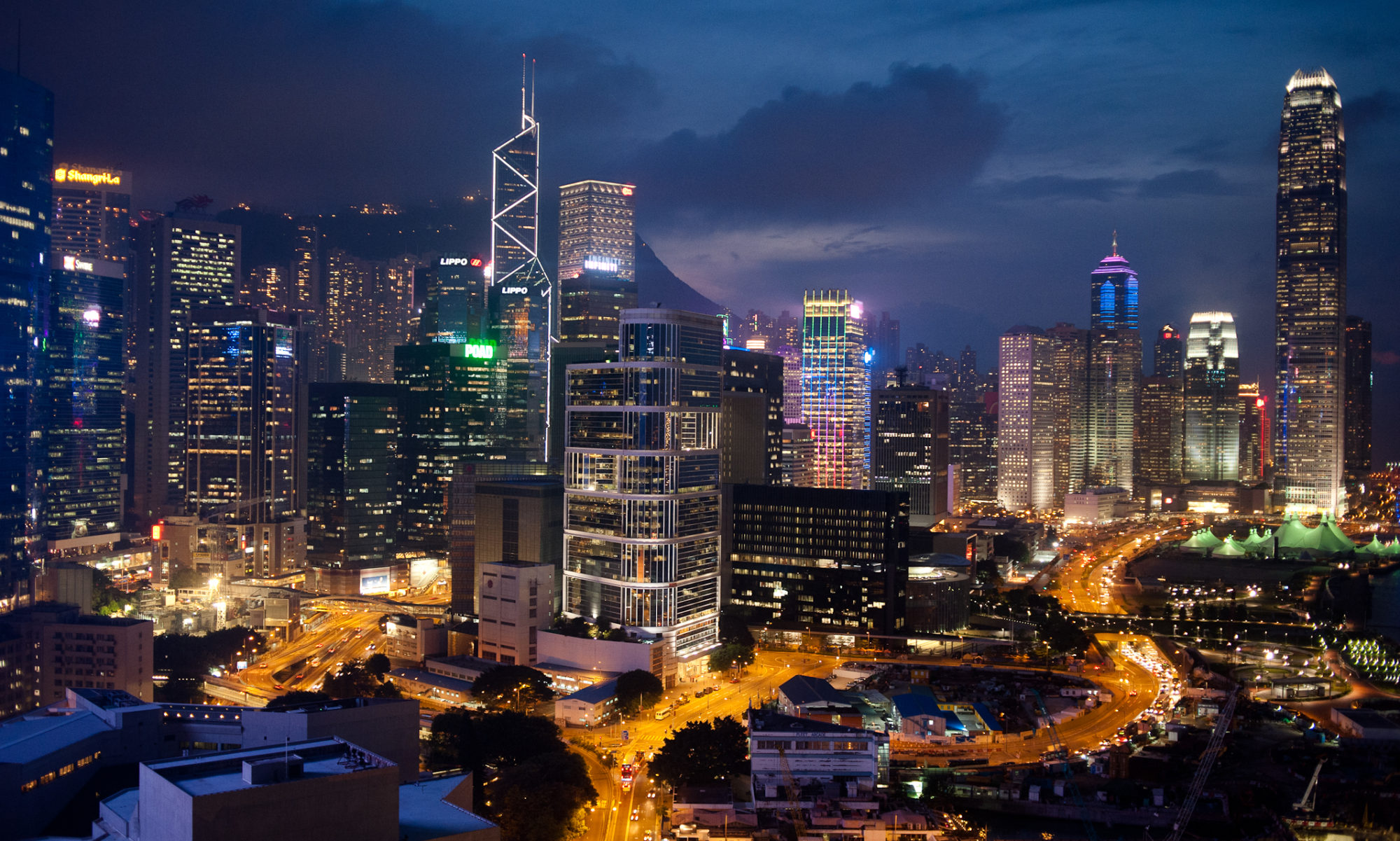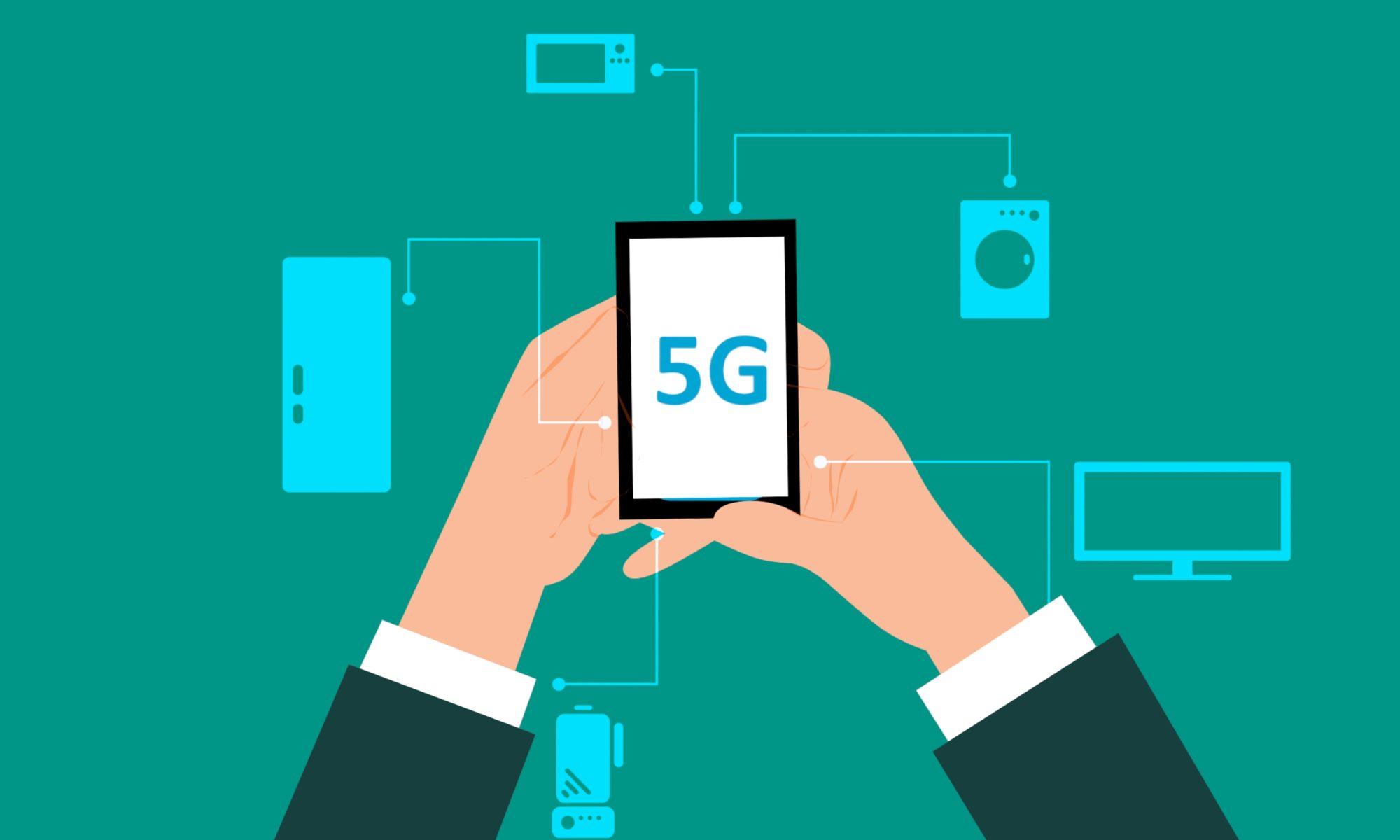and the striking similarity that resembles Dot-com Bubble
As the market continues to trend downward and internet conglomerate becomes stale in innovation, our economic growth is going to experience a precipitous downward trend. In addition to the natural market cycle that predicts a contraction in or around 2020-2021, trade tension and contractionary economic and financial policy might accelerate the progress, making deep depression inevitable.
The manufacturing industry is going to be the first old guard of the economy to fell victim to the tariffs, social insurance policy and contractionary monetary policy, resulting in mass unemployment and social unrest. The threat of economic stability is then going to trickle out towards other traditional industries, and negatively affect equity market’s price evaluation. At this period, the entertainment and fast food industry are going to observe extraordinary growth, as we currently witnessed in Chinese market.
After manufacturing industry collapse, retail service industry, a complementary industry, is predicted to be next to experience pain from economic slowdown. However, since the retail industry is already starting to slowly transform into e-commerce, the economic effect will be less observable. The newly established e-commerce law is also going to negatively affect the cash flow of e-commerce portal like Alibaba, JD and WeChat, and their revenue from transaction fees and advertisements.
The aforementioned problems are also going to raise the price of consumer goods. With low confidence and high purchasing price, rapid inflation is next to ensue. Currently, inflationary pressure comes from three sources: tariff related inflation, stricter taxation related inflation, and monetary policy related inflation. If the central bank decides to push expansionary monetary policy further, then the rapid inflation is going to be unstoppable.
Then we discuss whether housing market is going to absorb expansionary monetary policy like 2008 and 2013. Although the purchasing leans heavily towards property market, the restriction placed on buying secondary houses and the mortgage policy is going to stop most of the newly minted money from flowing into the market. Further, since the restriction placed on property market serves to maintain social stability, it is unlikely to be lifted.
Next, since Chinese wage growth is stagnant, the entire country is slowly slumping into middle income trap. In order to escape the middle income trap, the only two potential solutions are to innovate revolutionary technologies that breaks productivity barriers, and/or transform the economy to service-based economy. Since the second solution is long and painful, the only way out is through rapid technological innovation that increases the productivity exponentially.
There are a couple candidates for innovation breakthrough. Robotic automation technology that promises less reliance on human workers, automated vehicle that reduces wasted productivity time. Artificial intelligence that learns repetition in work. These revolutionary technologies depend on breakthrough in telecommunication technology (5G) for its 20 Gbps theoretical speed and its Massive MIMO that can support tens of thousands of device simultaneously.
5G technology is predicted to be delivered in 2020, with infrastructure deployment planned in years following the commercialization of technology. Although there isn’t a specific plan on the date of implementation, we can map this plan on 4G LTE deployment and predict that it would have wide coverage starting 2022-2023.
If the bubble burst before the 5G deployment, then the new wave of company is going to establish around 2024-2027, which mirrors the Made in China 2025 plan, and coincidentally, the advent of online economy begins at around 2004-2007, after 2001’s Dot-com Bubble burst. Most famous among them: Facebook, Google, Netflix and Amazon.
Escaping the middle-income trap is extraordinarily hard but breaking it would promote the country into the ranks of developed countries. Only with precision of execution and the open economy can this country become a revolutionary force to be reckon with.


